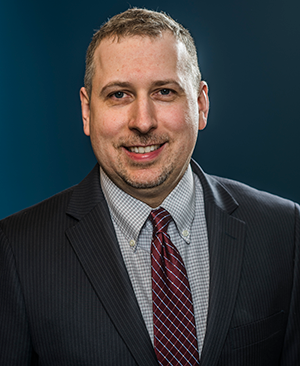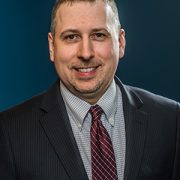Neuro- and gender-diverse teens find their voices

“These autistic young people spoke a lot about their gender and gender needs and their descriptions of gender dysphoria were deeply emotional. One of the common characteristics of autism is reduced communication of feelings, yet many of these young people were very clear about the anguish that gender dysphoria caused for them and also their need for gender-related interventions,” says John Strang, Psy.D., director of the Gender and Autism Program at Children’s National Health System and study lead.
“They Thought It Was An Obsession” is the title of a qualitative study from the Journal of Autism and Developmental Disorders, that provides an unprecedented glimpse into the development, thoughts, perceptions, feelings and needs of this poorly understood but significant subgroup of transgender and gender minority teens.
The title is an accurate reflection of the study’s analysis, which finds that the accounts of gender dysphoria in autistic transgender youth parallel those of transgender young people without autism. These findings stand in contrast to previous studies asserting the idea that gender dysphoria in autistic youth is driven primarily by superficial autism-related interests.
“These autistic young people spoke a lot about their gender and gender needs and their descriptions of gender dysphoria were deeply emotional. One of the common characteristics of autism is reduced communication of feelings, yet many of these young people were very clear about the anguish that gender dysphoria caused for them and also their need for gender-related interventions,” says John Strang, Psy.D., director of the Gender and Autism Program at Children’s National Health System and study lead.
Additionally, the autistic characteristics of these young people – which may reduce their concern for social conventions – often lead them to express their gender in individual and sometimes surprising ways.
“A transgender autistic young woman may wear a full beard and understand her gender identity as something completely separate from her appearance,” says Dr. Strang. “The cooccurrence of gender identity-diversity and autism may reveal something of the deeper nature of gender when the overlay of social gender expectations is reduced.”
The study followed 22 autistic transgender teens over nearly two years. It is the first study of its kind to track and follow up with this many youth with the cooccurrence over a significant period of time. The authors believe the report can serve as a guide for how clinicians, peers and families can better support and understand teens who are both neurodiverse and gender diverse.
The study’s methodology is also novel, as it features the inclusion of a slate of autistic gender-diverse coanalysts and coauthors who partnered in the interpretation of the youth provided data.
The coauthor group also included a retransitioned (previously transgender) self-advocate coanalyst to help provide context regarding the experiences and trajectories of the few study participants who moved away from transgender identity during the study’s duration.
Reid Caplan of the Autistic Self-Advocacy Network, an autistic transgender self-advocate and one of the study’s coauthors noted, “Too often in medical literature, the overlap between autistic and transgender identities is described in a way that pathologizes both of these communities. As an autistic transgender young adult, I feel privileged to be a coauthor of research that puts the voices of autistic and gender-diverse youth at the forefront. By giving these youth control over their own narratives, this study exemplifies a key value of the self-advocate community: Nothing about us, without us!”



